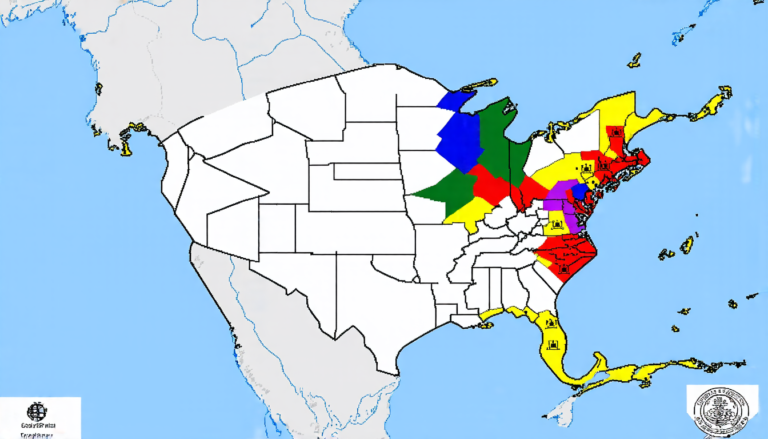Wednesday 09 April 2025
A team of researchers has developed a novel approach to identifying suspicious transactions in financial networks, leveraging insights from network science and machine learning. The method, which combines community detection and cycle identification, can help uncover hidden patterns of money laundering and other illicit activities.
Financial institutions have long struggled with the challenge of detecting fraudulent transactions. Traditional methods rely on fixed thresholds or supervised learning algorithms, but these approaches often fail to capture the complexity and nuance of real-world financial networks. The new method takes a different tack, using community detection and cycle identification to identify clusters of suspicious activity.
Community detection is a technique used in network science to identify groups of nodes (in this case, accounts) that are more densely connected than the rest of the network. By analyzing these communities, researchers can gain insights into the relationships between accounts and identify potential hotspots for illicit activity.
Cycle identification is another key component of the method. This involves searching for patterns in which money flows through a series of accounts, often returning to its original source. These cycles can be indicative of money laundering or other illegal activities.
The researchers tested their approach using anonymized data from Rabobank, a major Dutch financial institution. They identified 83 suspicious cycles and longer transaction paths, many of which were not detected by traditional methods. The results suggest that the new approach could be a powerful tool in the fight against financial crime.
One of the key advantages of this method is its ability to adapt to changing patterns of activity in financial networks. As money laundering techniques evolve and become more sophisticated, traditional approaches may struggle to keep pace. By leveraging insights from network science and machine learning, researchers can develop more effective methods for identifying suspicious transactions.
The implications of this research are significant. Financial institutions could use the approach to improve their anti-money laundering (AML) efforts and reduce the risk of fraudulent activity. Regulators could also benefit from the method, using it to monitor financial networks and identify potential hotspots for illicit activity.
While there is still much work to be done, this research represents an important step forward in the fight against financial crime. By combining insights from network science and machine learning, researchers can develop more effective methods for identifying suspicious transactions and keeping financial systems safe.
Cite this article: “Unveiling Financial Networks: A Network Science Approach to Identifying Systemic Risk and Money Laundering”, The Science Archive, 2025.
Financial Crime, Money Laundering, Network Science, Machine Learning, Community Detection, Cycle Identification, Suspicious Transactions, Financial Networks, Anti-Money Laundering, Fraud Prevention.







